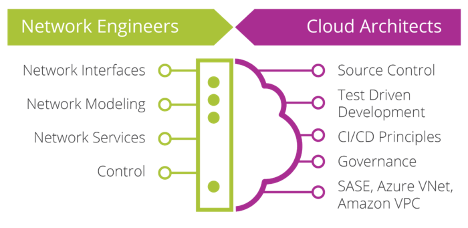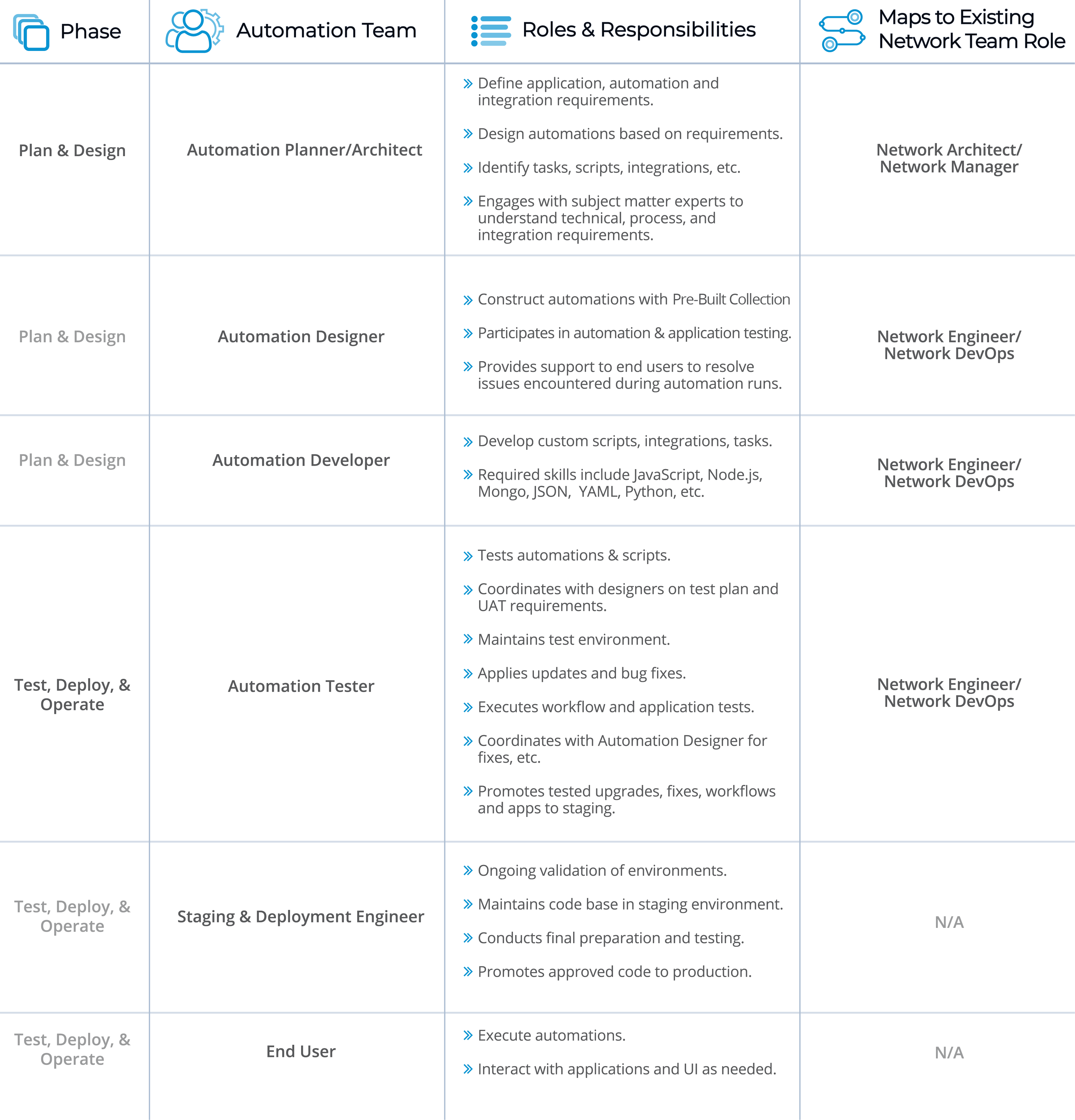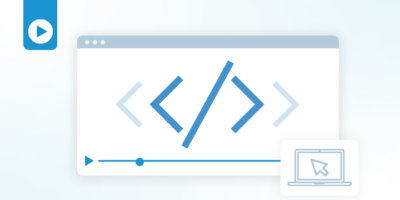Network automation activities require a unique mix of roles and responsibilities, and the success of any automation strategy is dependent on the people who are managing it. When it comes to adopting network automation, the biggest challenge enterprises are facing is the skills gap among personnel, according to new research from Itential and Enterprise Management Associates. Technical subject matter expertise is essential for designing and implementing effective and efficient automations, while some level of software development is required to create the software to build and manage automation initiatives.
The unfortunate reality of today’s network is that network operations are still siloed, resulting in duplication and conflict among NetOps, DevOps, and Engineering teams. This inhibits organizations from accelerating their digital transformation initiatives. That’s why democratization is needed to provide teams with access to technical expertise via a radically simplified experience and without requiring extensive and costly training.
By taking a new collaborative and simplified approach, organizations can enable more participation in network automation, remove siloes and mitigate the network bottleneck, leverage the right skill for the right task, reduce costs and decrease time-to-value.
How to Bridge the Network & Cloud Team Gap by Democratizing Network Automation
Historically, subject matter experts oriented their skillsets around their technical area of expertise and were not required to be proficient in software development. On the other hand, software development experts frequently lack the deep understanding of the specific network technologies. This meant the only solutions were to either find the rare engineer that possessed both skillsets or to create hybrid teams with a mix of subject matter experts and developers.

To address this gap, organizations should consider selecting tools and technology that enable the following:
- Easy Onramp for Non-Developer – Offload repetitive, time-intensive tasks that require minimal or no software development with pre-packaged, pre-built automation workflows.
- Ability to Capture Network Tribal Knowledge – Leverage traditional network automation and management practices (Scripts, CLI) for re-use across the organization.
- Integrate DevOps Principles – Augment network automations with CI/CD pipelines and API Services.
- Enable Cloud Architect Participation – Real-time feedback and control of cloud-based applications and infrastructure critical to modern networks.
How to Structure Your Network Automation Team for Success
Structuring your network automation team properly can help to avoid the need for extensive training or for making extreme changes to the make-up of your existing team. Organizations should focus on areas that will maximize business value and volume output. Ideally, these roles will be staffed by operations and engineers from the network team.
Consider structuring your team as follows in order to leverage your current network team roles for automation projects, without having to reskill or retrain:

How Itential Enables Automation for All
Itential’s primary mission is to provide software that enables network engineers, software developers and IT operations to participate in network automation, bridge the skills gap and enable the largest participation needed to rapidly and efficiently execute their day-to-day network management activities.
The Itential Automation Platform Provides:
- Graphical Automation Canvas for arranging and connecting tasks in a workflow to define operations and maintenance processes, mitigating the complexity of software development and further simplifying network automation.
- Form Driven Automation for simplifying data gathering processes that are essential for automations; enables users to leverage drag-and-drop methodology or dynamically generate forms based on standard modeling languages such as YANG, TOSCA and YAML.
- Intelligent Templates to enable NetOps teams to define robust and rigorous Pre and Post checks for network changes as well as create configuration models that leverage data to dynamically generate device configurations.
- Open APIs and standards compliant data structures for allowing large teams to rapidly and easily collaborate and develop network automation workflows.
- Built-In Network Intelligence for eliminating the complexity required to build agnostic automations across various network types and technologies.
- Pre-Built Automations for dozens of common use cases such as software upgrade, golden config and compliance, SD-WAN onboarding and more to help NetOps teams jump start their network automation efforts and embed automation design best practices to ensure modularity and reusability.
To learn more about how Itential enables automation for all, check out a recent video from Networking Field Day to get an overview and demo of Itential Automation Studio, a low-code environment for the rapid creation of end-to-end network automations. If you’re ready to try it out for yourself, get started with the Itential Platform and create your free account to our cloud platform.






